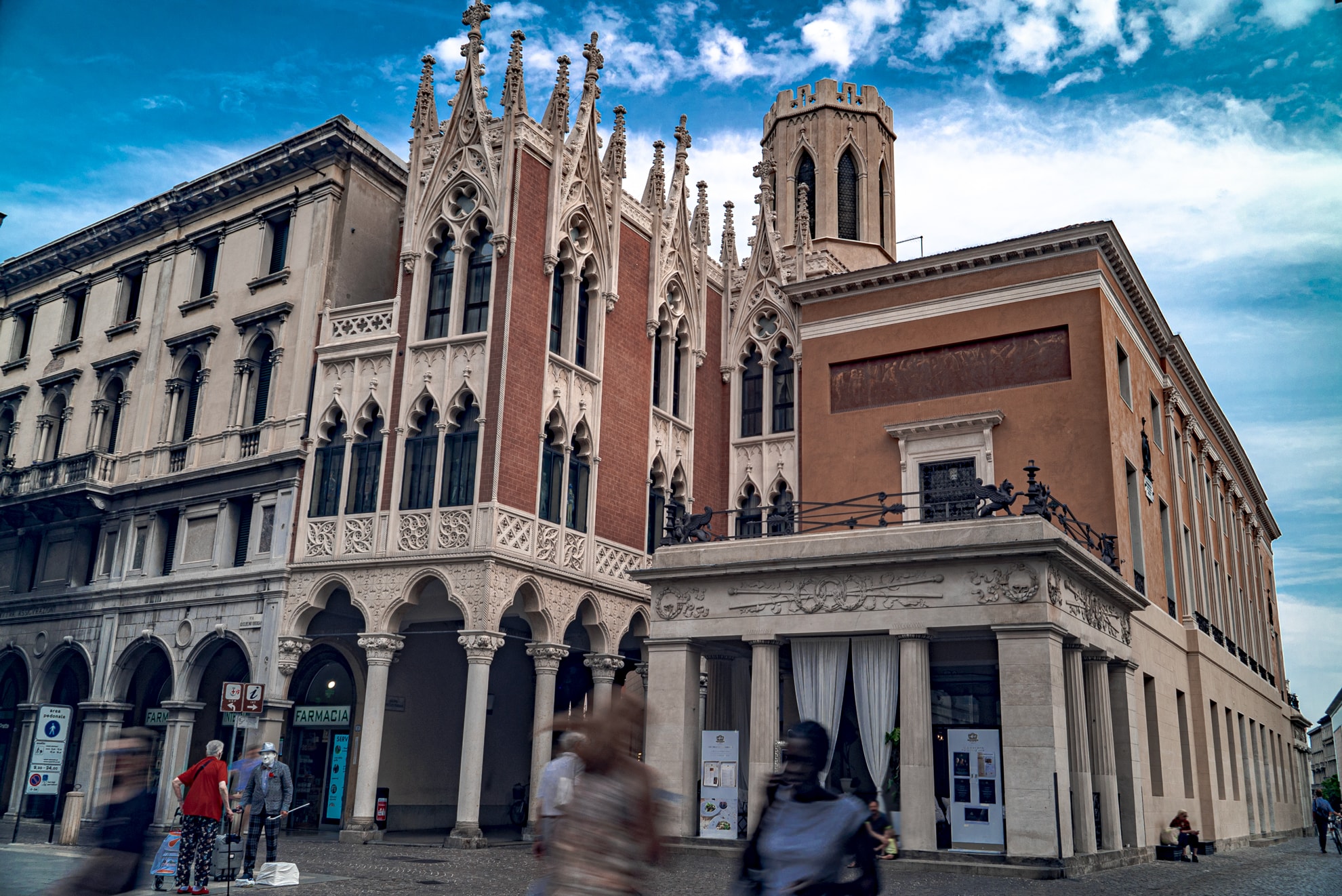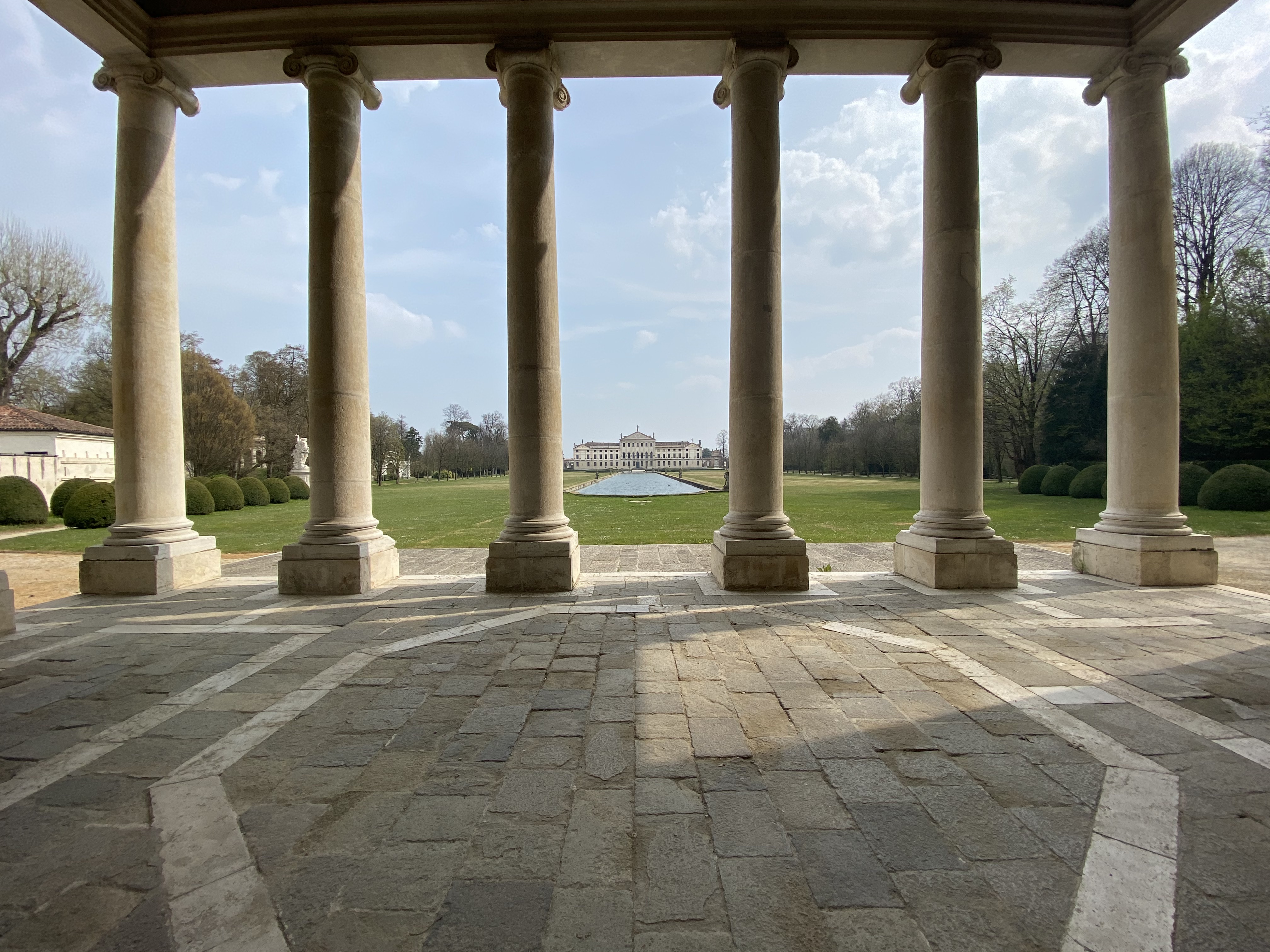Padova in Ancient Times
Padova claims to be the oldest city in northern Italy. According to a tradition dated at least to Virgil’s Eneide, and rediscovered by the medieval commune to glorify itself, it was founded in 1183 BC by the Trojan prince Antenor, who was supposed to have led the people of Eneti or Veneti from the Balcanic region to Italy. The city exhumed a large stone sarcophagus in the year 1274 and declared these to represent Antenor’s relics.
The city was a Roman municipium since 45 BC. It then fell under the control of the Lombards. In 601, the city rose in revolt, against Agilulf, the Lombard king. After suffering a long (12 years) and bloody siege, it was stormed and burned by him. The Padova of Antiquity was annihilated: the remains of an amphitheater (the Arena) and some bridge foundations are all that remain of Roman Padova today.
During the 12th century Padova was controlled by different great families (da Romano, Scaligeri, Da Carrara). In this period the university (the third in Italy) was founded in 1222, and it flourished in the 1200s.
Padova passed under Venetian rule in 1405, and so mostly remained until the fall of the Venetian Republic in 1797.
In 1797 the Venetian Republic was wiped off the map by the Treaty of Campo Formio, and Padova was ceded to the Austrian Empire. After the fall of Napoleon, in 1814, the city became part of the Kingdom of Lombardy-Venetia.
The Austrians were unpopular with progressive circles in northern Italy. In Padova, the year of revolutions of 1848 saw a student revolt which on February 8 turned the University and the Caffè Pedrocchi into battlegrounds in which students and ordinary Padovans fought side by side.
When Italy entered the Great War on May 24th 1915, Padova was chosen as the main command of the Italian Army. The king, Vittorio Emanuele III, and the commander in chief Cadorna went to live in Padova for the war period. In World War II, the city was liberated by partisans and British troops on April 28th 1945.
After the World War II the city developed rapidly, reflecting Veneto’s rise from being the poorest region in northern Italy to one of the richest and most active regions of modern Italy.



